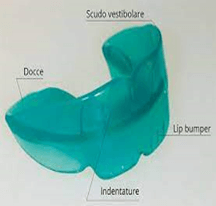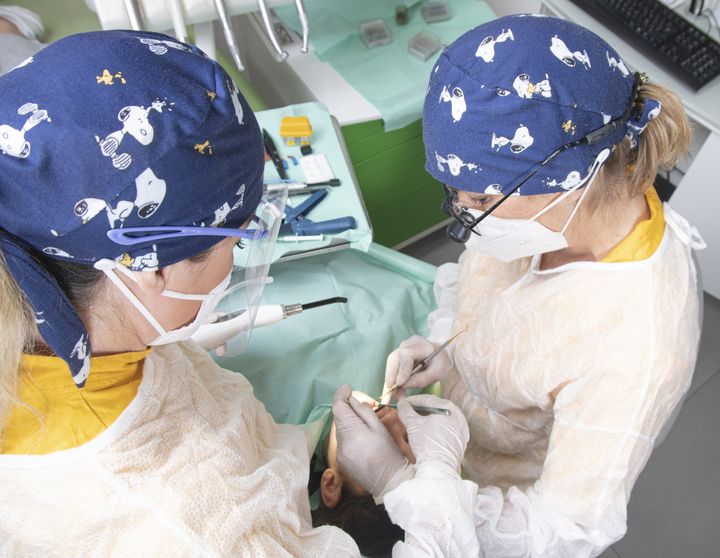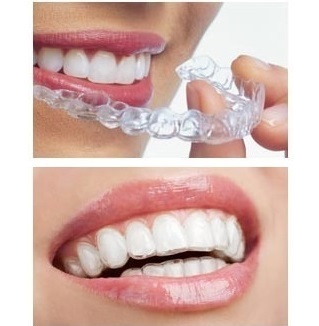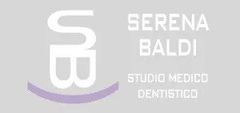ORTHODONTICS - DR SERENA BALDI
ORTHODONTICS
Orthodontics is not only for aesthetic purposes, but its main and primary role is to keep your mouth healthy and fully functioning.
As well as realigning teeth, we also and most importantly deal with developing and restoring bone value between jaws and dental arches, which is needed so that you chew your food properly, and also for voice and aesthetics.
We recommend seeing an orthodontist from an early age.
A child around the age of five or six is at the right age in which any diseases may be intercepted and dealt with using the most appropriate interceptive orthodontic treatments.
orthodontics for adults
More and more adults are turning to us at our dental practice to help them solve orthodontic issues they may have. In the vast majority of cases, people who decide to resort to orthodontic treatment do it mainly due to aesthetic problems, so that they can improve the appearance of their smile. This may be because they weren't able to sort out their teeth as a child or teenager. The main aesthetic reasons for contacting our dental practice are usually as follows: teeth overlap (teeth are too close and are overlapping each other) or on the contrary, it may be due to diastema, meaning an excessive gap in between the teeth.
There are also a whole series of functional problems:
- muscular problems, including grinding also known as bruxism, the unconscious habit of rubbing teeth (back and forth or sideways) during sleep
- malocclusion, crossbite, open bite or deep bite: these are problems that arise when the upper and lower dental arches are not perfectly aligned and the upper teeth protrude too much, and do not touch the lower ones, or on the contrary are covered by them
- problems with swallowing, chewing or even when trying to pronounce some sounds
- Other common problems are headaches and joint pain. In these cases, we need to make an assessment to make sure that the origin of the pain is actually related to the teeth
- Teeth that do not erupt due to lack of space or because they are badly positioned (as can happen with canines).
Aligned teeth tend to be healthier. This is because the occlusal load is correctly distributed. If there are any pre-contacts and there is more pressure on one side of the mouth or the other, this can lead to problems over time, including bone loss and gum recession. By going through orthodontic treatment, it means your teeth will be restored and work correctly which brings obvious advantages both on a functional as well as on an aesthetic level.
TYPES OF BRACES
There are many different types of braces, which can be adapted to each person's needs, and also depends on how long the braces need to be used for:
Contact our practice for more information and appointments















